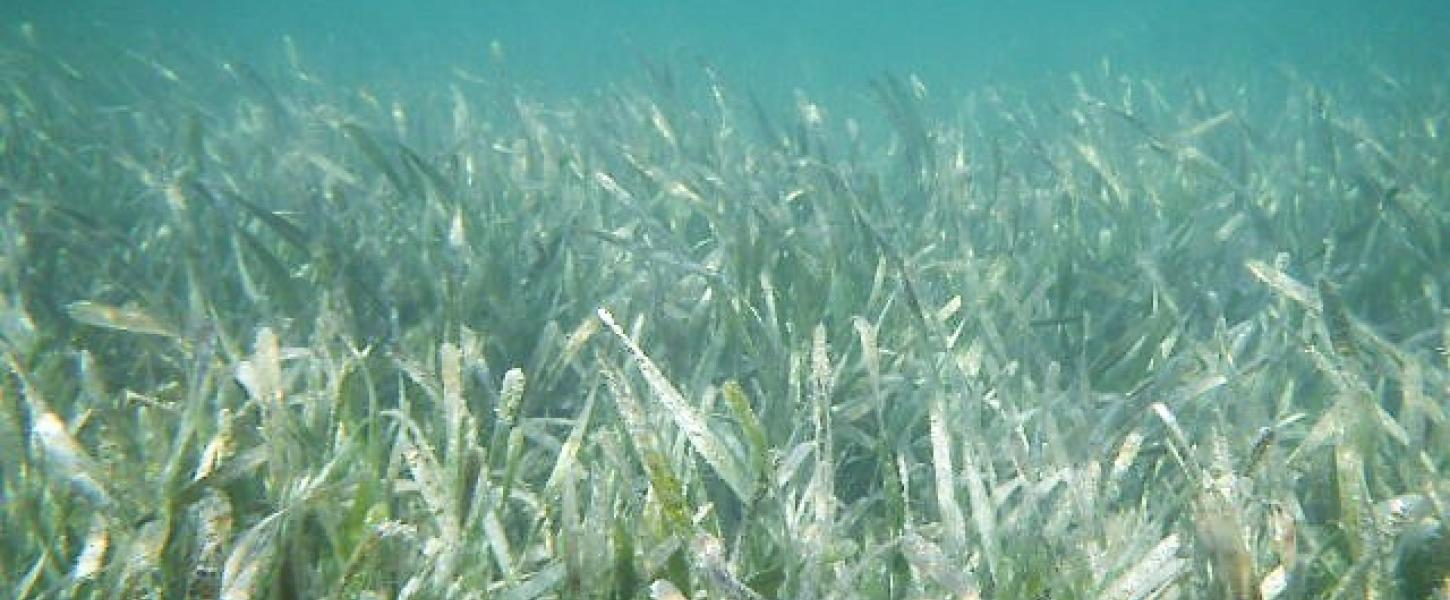Seagrass Ecosystem of Lignumvitae Key

In the Lignumvitae Key Management Area there are over 10,000 acres of seagrass habitat that are protected inside park waters.
While the seagrass flats may not look like much to the casual observer, seagrass habitats are some of the most productive in the world and are vital to the Florida Keys ecosystem.
Use these fun seagrass facts to impress your friends.
- There are three types of seagrass most common in the Florida Keys: turtle grass, shoal grass and manatee grass.
- Seagrass are flowering plants that are pollinated by the movement of the water over the grass beds. Recently scientists have discovered that small marine crustaceans also help pollinate the flowers. Acting like bees, the tiny marine creatures carry sticky pollen grains on their backs as they visit the flowers to feed. Seagrass can also reproduce vegetatively, by spreading underground stems called rhizomes.
- A diverse array of sea creatures live in the seagrass ecosystem, including manatees, sea turtles, stingrays, crabs, snails, starfish, anemones and countless fish species. Many of these animals are experts at camouflage. Snorkelers must move slowly and be very patient to catch a glimpse of the creatures living in and among the blades of grass.
- Seagrass is very important commercially. In fact, 70% of commercially important fish utilize seagrass ecosystems at some point in their life.
- Seagrass helps keep water clear. The rhizomes hold bottom sediments in place and the blades trap fine sediments from the water column.
The seagrass ecosystem is one of the greatest natural resources in Lignumvitae Key Botanical State Park.
To reduce impacts of propellers on the seagrass flats, all seagrass areas less than 3-feet deep in state park waters are closed to combustion motors. However, anglers can still access the flats by tilting their motor up and poling into the shallows.
If you are planning to boat in the Islamorada area, refer to a navigation chart or GPS to plan your trip. Use the marked boating channels to travel inside park waters and help protect the precious seagrass ecosystem.